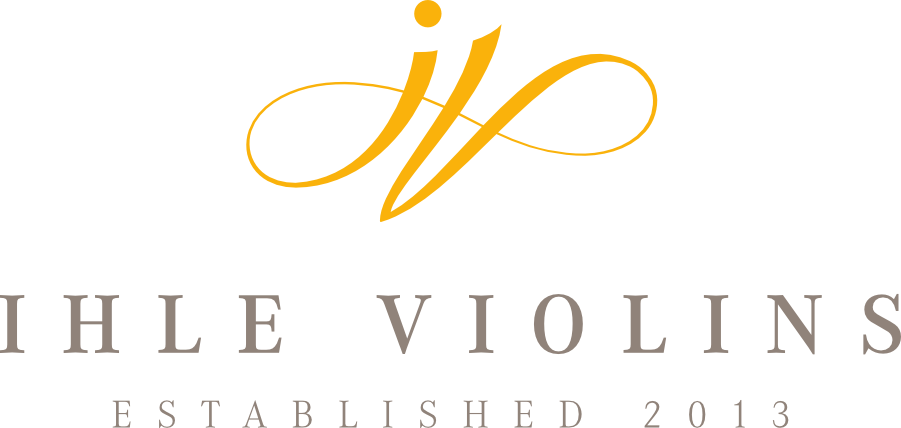Neck graft
A flat scraper works really well for the final touch
I find my self making a neck graft. This one is for a collegue, who is a fine restorer and way to carefull to make this sort of job. A neck graft needs the ability to work straight forward, it includes a lot of flat surfaces that need to bee fitted with to each other. Throughout the process no mistake must be made, since you risk to dammage the original scroll. Towards the end of the fitting, very fine wood removal is necesarry in order for a perfect fit, that will not show black lines at the joints - this is especially true for this kind of neck graft, the so called "French graft" (it was introduced by Vuillaume). It ends in a blunt endgrain joint, instead of a feather edged one which a bit more common in our days.
Endgrain joints on the french graft need meticulous fitting!
Soaking glue line on feather edge
Allthough fitting and gluing went really well, one corner of the feather edge hasn't quite managed to squeeze the glue out- no wonder, it's about the thickness of a stamp! I therefor soften the glue with a moist string.
The glue swells and after gentle heating, the feather edge can be glued back with some soft PVC.
Swollen glue on feather edge joint
Once the new neck is glued in the pegbox, a new finger board is fittet and the neck must be set into the body and shaped. All the work on the ebony, including the nut, is a perfect terrain for style and neatness in lines and surface treatment, I love it!
With the wood work done, it's time for the varnish
To integrate the new wood with the old scroll, it needs of course to be retouched with the right varnish. Matching a wood colour, the transparance, colour and thickness of the varnish takes quite a bit of experience or a lucky hand. This is the most creative part of the job.
Finished!
I really like it as a change from making new violins. I appreciate the boundaries as much as I enjoy holding an old instrument in my hands from time to time.






